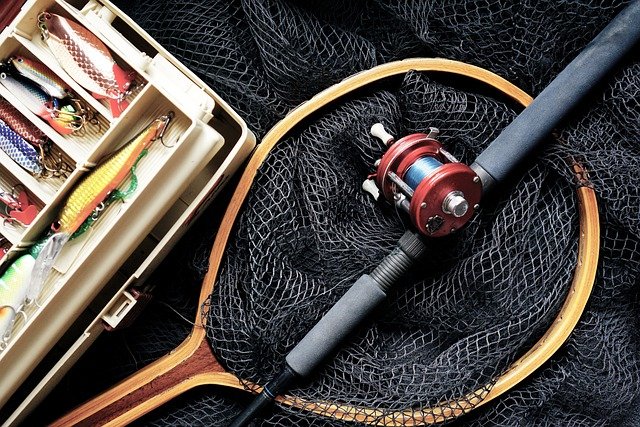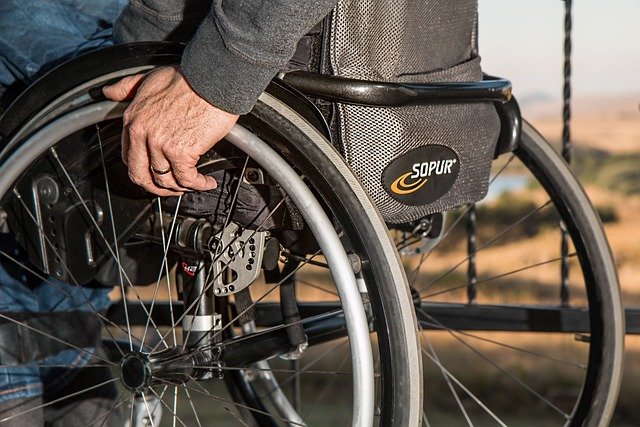Selecting the Best Fishing Pontoon: A Practical Buyer's Guide
Fishing pontoons combine stability, space, and specialized features that make them ideal for anglers seeking comfort and functionality on the water. These versatile watercraft offer unique advantages over traditional fishing boats, including enhanced stability for casting, ample deck space for multiple anglers, and customizable layouts that accommodate various fishing styles. Understanding the key features and considerations involved in selecting a fishing pontoon will help you make an informed decision that matches your specific needs, budget, and fishing preferences.

Fishing pontoons have gained significant popularity among anglers who value stability, comfort, and versatility on the water. Unlike traditional V-hull boats, pontoons provide a stable platform that reduces fatigue during long fishing trips while offering generous space for equipment and passengers. The flat deck design and twin-hull construction create an ideal environment for various fishing techniques, from trolling to casting.
When evaluating pontoons for fishing, several factors distinguish exceptional models from basic recreational versions. The right combination of features, layout, and performance capabilities can transform your fishing experience, making it more productive and enjoyable.
Essential Features to Prioritize: Hull Construction, Fishing-Focused Layout, Storage, Livewells, Rod Holders
Hull construction forms the foundation of any quality fishing pontoon. Look for pontoons with larger diameter tubes, typically 25 inches or greater, as these provide superior buoyancy and stability. Triple-tube designs offer enhanced performance and weight capacity compared to traditional twin-tube configurations. The tube material should be marine-grade aluminum with substantial gauge thickness to withstand regular use.
Fishing-specific layouts prioritize functionality over pure aesthetics. Dedicated fishing pontoons feature strategic placement of essential equipment, including multiple rod holders, tackle storage compartments, and easy access to livewells. The deck should accommodate fishing chairs or pedestals while maintaining clear pathways for safe movement during active fishing.
Storage solutions vary significantly between models. Quality fishing pontoons incorporate weatherproof compartments, rod storage tubes, and designated areas for tackle boxes and coolers. Livewells with proper aeration systems keep caught fish healthy, while insulated storage maintains bait freshness throughout extended trips.
Deck Layout, Passenger Capacity and Stability: Choose Size and Layout That Fit Your Fishing Style and Crew
Deck layout directly impacts fishing efficiency and passenger comfort. Consider how many people typically join your fishing excursions and their preferred fishing methods. Larger pontoons, ranging from 22 to 26 feet, accommodate bigger groups while providing space for multiple fishing stations.
Stability remains one of the primary advantages of pontoon boats for fishing. The wide beam and twin-hull design create a steady platform that reduces boat movement, allowing for precise casting and comfortable standing positions. This stability proves particularly valuable when fighting larger fish or when multiple anglers are active simultaneously.
Passenger capacity affects not only comfort but also performance. Overloading reduces speed, handling, and fuel efficiency while potentially compromising safety. Match the pontoon’s rated capacity to your typical crew size, allowing extra margin for gear and equipment weight.
Fishing-Specific Gear and Accessories: Trolling Motors, Fishfinders, Casting Platforms and Bait Stations
Trolling motors provide precise boat positioning and quiet operation essential for successful fishing. Bow-mounted trolling motors offer superior control compared to transom-mounted units, allowing for more accurate boat positioning in wind and current. Consider thrust requirements based on boat size and typical fishing conditions.
Fishfinders and sonar equipment help locate fish and understand bottom structure. Modern units offer GPS integration, mapping capabilities, and advanced sonar technologies. Installation considerations include transducer placement and power requirements for optimal performance.
Casting platforms extend usable fishing space and provide elevated positions for better visibility and casting range. These platforms should feature non-slip surfaces and adequate railings for safety. Bait stations with running water, cutting boards, and storage keep live and prepared baits organized and accessible.
Power, Propulsion and Performance: Outboard Options, Fuel Efficiency, Thrust and Maneuverability
Outboard motor selection significantly impacts performance, fuel consumption, and overall fishing experience. Four-stroke engines generally offer better fuel efficiency and quieter operation compared to two-stroke alternatives. Horsepower requirements depend on pontoon size, typical load, and desired performance levels.
Fuel efficiency becomes increasingly important for extended fishing trips and operating cost management. Modern outboards incorporate advanced technologies that optimize fuel consumption while maintaining adequate performance. Consider engines with variable valve timing and electronic fuel injection for optimal efficiency.
Maneuverability affects your ability to position the boat effectively for fishing. Adequate power ensures the ability to handle wind, current, and varying load conditions while maintaining control in tight spaces or around structure.
| Pontoon Model | Manufacturer | Length | Price Range |
|---|---|---|---|
| Bennington 22 SLX | Bennington | 22 feet | $45,000 - $65,000 |
| Tracker Party Barge 22 XP3 | Tracker | 22 feet | $35,000 - $50,000 |
| Lowe SS230 | Lowe | 23 feet | $40,000 - $60,000 |
| Harris Cruiser 230 | Harris | 23 feet | $50,000 - $70,000 |
| Princecraft Vectra 23 | Princecraft | 23 feet | $45,000 - $65,000 |
Prices, rates, or cost estimates mentioned in this article are based on the latest available information but may change over time. Independent research is advised before making financial decisions.
Maintenance, Safety and Budget Considerations: Upkeep, Safety Equipment, Warranties and Total Cost of Ownership
Regular maintenance preserves performance and extends pontoon lifespan. Aluminum pontoons require periodic cleaning, inspection of welds and fittings, and proper winterization in cold climates. Engine maintenance follows manufacturer specifications, with regular oil changes, filter replacements, and seasonal tune-ups.
Safety equipment requirements vary by location and boat size. Essential items include life jackets for all passengers, fire extinguishers, sound signaling devices, and navigation lights. Many fishing pontoons benefit from additional safety features such as kill switches, emergency position indicating radio beacons, and first aid supplies.
Total cost of ownership extends beyond the initial purchase price. Consider ongoing expenses including insurance, registration, storage, fuel, maintenance, and equipment upgrades. Quality pontoons from established manufacturers typically offer better resale value and lower long-term ownership costs.
Warranty coverage varies significantly between manufacturers and models. Comprehensive warranties covering hull, engine, and components provide valuable protection for significant investments. Review warranty terms carefully, including coverage duration, transferability, and service network availability.
Selecting the right fishing pontoon requires careful evaluation of your specific needs, budget constraints, and fishing preferences. Prioritize features that directly enhance your fishing success while ensuring adequate performance, safety, and long-term value. Quality pontoons provide years of reliable service and memorable fishing experiences when properly selected and maintained.




